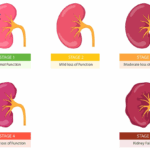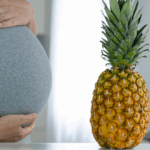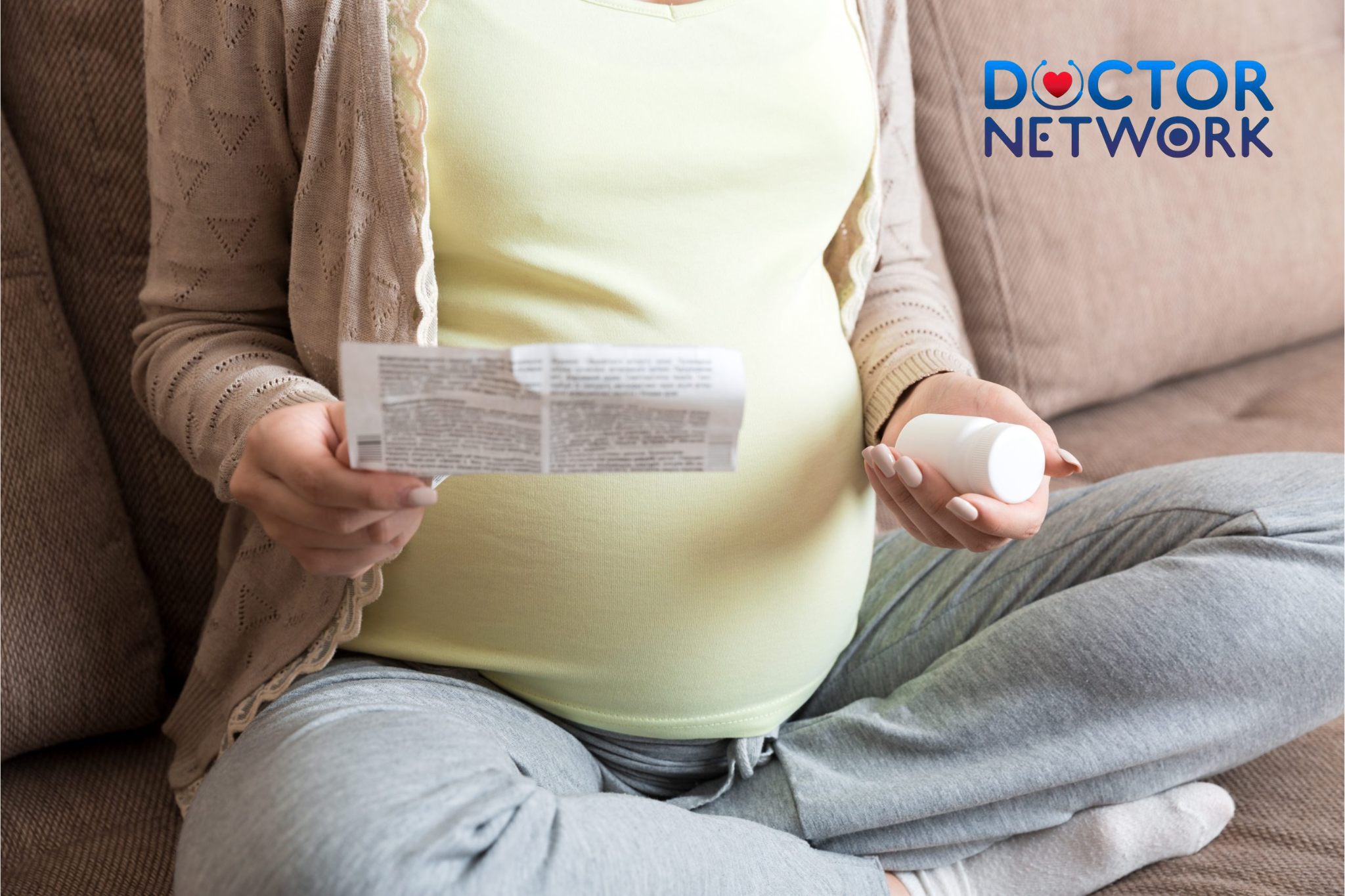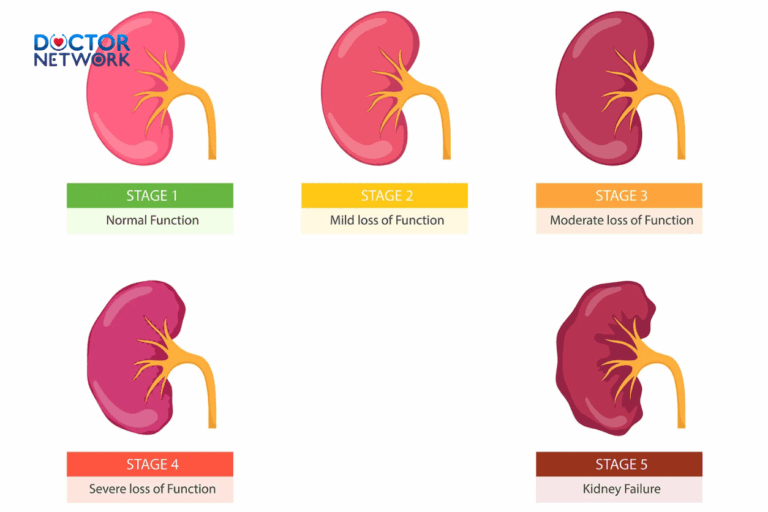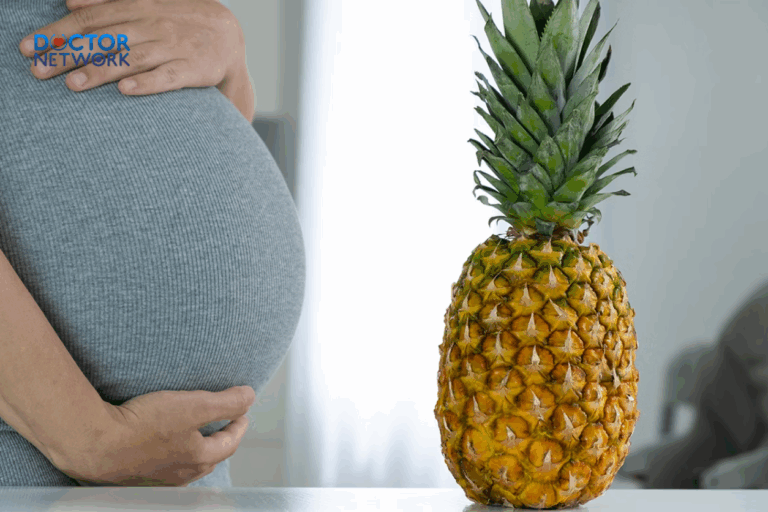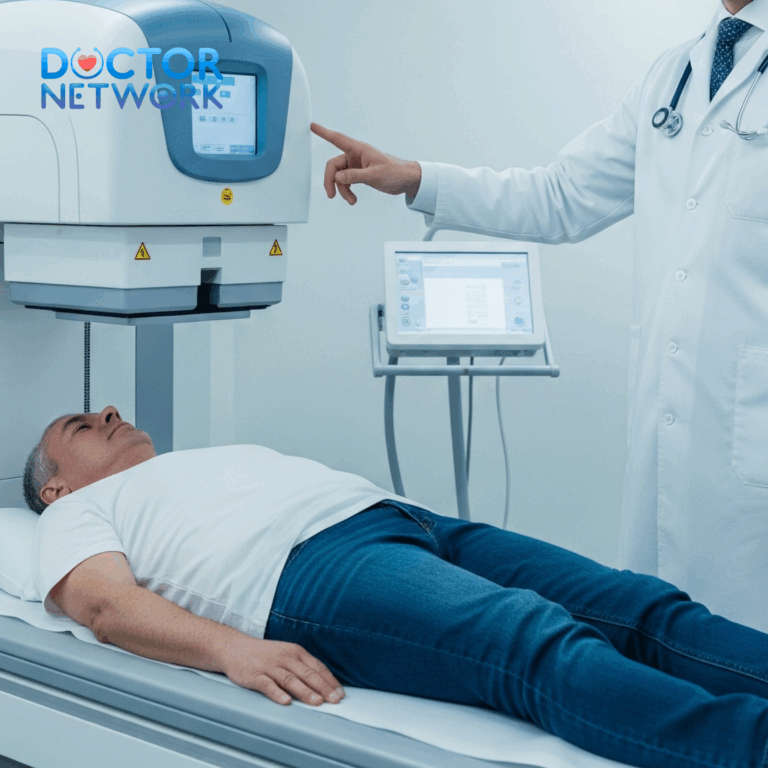In the final weeks of pregnancy, most fetuses undergo a crucial rotation: turning their heads downward. This positions them in the most favorable orientation for birth. How can you recognize the signs of fetal head engagement? When does this typically occur? And what should you do if your baby hasn’t turned yet? This article addresses all your concerns!
When does fetal head engagement occur?
Typically, between the 30th and 36th weeks of pregnancy, the fetus will naturally turn its head downward, with its back aligned against one side of the mother’s abdomen. This is known as the cephalic presentation. However, some babies may turn earlier or later than this timeframe. Therefore, regular ultrasound examinations are crucial for doctors to closely monitor the fetus’s position.
Signs of Fetal Head Engagement
- Maternal Sensations:
- The baby will kick more in the lower abdomen, while the upper abdomen experiences less movement.
- When the mother gently presses near the pubic bone, she may feel a hard part, which is the baby’s head.
- Using a simple stethoscope, the mother can hear the baby’s heartbeat in the lower abdomen.

“sign of the fetus turning its head” – the fetus will kick the lower abdomen more
- Medical Confirmation:
- The most accurate method is through ultrasound. The doctor will determine the cephalic presentation and provide appropriate advice for each pregnant woman.
What happens if the baby does not turn?
If the fetus does not turn, it will be in a breech position, meaning the buttocks are downward. Although vaginal delivery is still possible with a breech presentation, there are higher risks for both mother and baby. However, expectant mothers need not worry excessively, as doctors will provide appropriate management, including methods to encourage the baby to turn (if feasible), such as specific exercises.
Natural Ways to Encourage Fetal Head Engagement
Expectant mothers can try the following methods to encourage their baby to turn naturally:
- Side-Lying: Frequently lie on the side where the baby’s back is aligned.
- Kneeling Position: Adopting this position helps widen the pelvic area, creating space for the baby to turn.
- Avoid: Long periods of sitting, lack of movement, or activities that may cause discomfort to the fetus.

“head turning sign” – encourage head turning by lying on your side
Expert Advice
- Regular Monitoring: The most important aspect is to attend scheduled prenatal visits and ultrasound examinations.
- Comprehensive Consultation: If you have any concerns about successful fetal head engagement or other issues during pregnancy, discuss them with your doctor for specific guidance.
- Relaxed Mindset: Anxiety is detrimental to both mother and baby. Maintain a relaxed mental state and trust in your baby’s natural development.
Frequently Asked Questions About Signs of Fetal Head Engagement
Here are five common questions regarding the signs of fetal head engagement, along with their answers:
- When do signs of fetal head engagement appear?
Typically, the fetus will engage in a head-down position (cephalic presentation) between the 30th and 36th weeks of pregnancy. However, some babies may turn earlier or later. Regular ultrasounds will help doctors accurately monitor the fetus’s position.
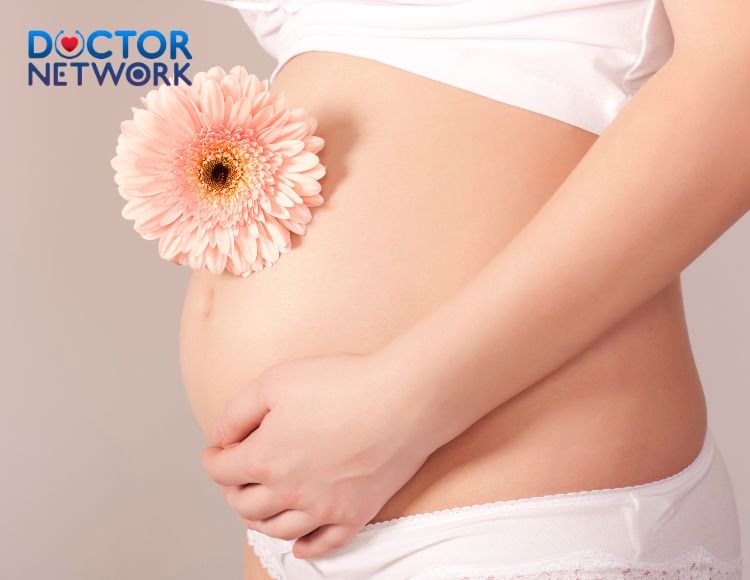
“Signs of fetal head engagement” – The fetus usually turns head-down between weeks 30-36 of pregnancy.
- Is it a problem if the fetus has not turned head-down?If the fetus has not turned head-down, it will be in a breech position. Although vaginal delivery is still possible with a breech presentation, the risk is higher for both mother and baby. Doctors will monitor the situation, consider options, and advise the expectant mother on suitable methods, including techniques to encourage the fetus to turn.
- Are there ways to encourage the baby to turn head-down?Yes, there are several methods to naturally support the baby in turning head-down:
- Lying on the side where the baby’s back is positioned
- Performing poses like the cat-cow pose to help widen the pelvic area
- Avoiding prolonged sitting, inactivity, or activities that cause discomfort to the fetus
- How can you differentiate the baby’s head from the buttocks?
- Maternal Sensations: The baby’s head is usually round and firm, whereas the buttocks feel softer. Gently pressing near the pubic bone and feeling a hard part indicates the baby’s head.
- Medical Confirmation: The most accurate way to differentiate and determine the fetal position is through ultrasound.
- Can you have a vaginal delivery if the baby does not turn head-down?Vaginal delivery with a breech presentation is possible, but doctors will evaluate other factors such as the baby’s size and the mother’s health to make the best decision. In some cases, a cesarean section may be a safer option for both mother and baby.
Scientific Evidence Related to Signs of Fetal Head Engagement
Below are some scientific references related to signs of fetal head engagement and their answers:
- Research on the timing of fetal head engagement:
- Journal of Ultrasound in Obstetrics & Gynecology: Research shows that 90% of fetuses turn head-down by the 37th week of pregnancy.
- World Health Organization (WHO): WHO recommends regular ultrasounds to monitor the fetus’s position, including head engagement.
- Signs of fetal head engagement from a medical perspective:
- American College of Obstetricians and Gynecologists (ACOG): ACOG notes signs of fetal head engagement include the mother feeling kicks in the lower abdomen, a hard part (baby’s head) when pressing the lower abdomen, and hearing the fetal heartbeat lower in the abdomen.
- Vietnam Ministry of Health: The Ministry’s professional guidelines on prenatal monitoring also mention similar signs of fetal head engagement.
- Effectiveness of methods to encourage fetal head engagement:
- Journal of Birth: Research indicates that certain methods like acupuncture and specific poses can support fetal head engagement to some extent.
- Cochrane Library: However, the Cochrane Library emphasizes the need for more high-quality studies to confirm the effectiveness of these methods.
Important Notes
Scientific information is gathered from reputable sources; however, it cannot replace the diagnosis and advice of an obstetrician. Regular prenatal check-ups and adherence to medical advice are crucial for ensuring the health of both mother and baby.
Conclusion
Fetal head engagement is an important process marking the baby’s readiness for birth. This article aims to provide comprehensive information about the signs of fetal head engagement, helping expectant mothers feel more confident during their pregnancy journey and prepare to welcome a healthy baby.
References:
https://pubmed.ncbi.nlm.nih.gov/22073154/
https://www.ncbi.nlm.nih.gov/pmc/articles/PMC3184234/
https://www.ncbi.nlm.nih.gov/pmc/articles/PMC6226804/
Kiểm Duyệt Nội Dung
More than 10 years of marketing communications experience in the medical and health field.
Successfully deployed marketing communication activities, content development and social networking channels for hospital partners, clinics, doctors and medical professionals across the country.
More than 6 years of experience in organizing and producing leading prestigious medical programs in Vietnam, in collaboration with Ho Chi Minh City Television (HTV). Typical programs include Nhật Ký Blouse Trắng, Bác Sĩ Nói Gì, Alo Bác Sĩ Nghe, Nhật Ký Hạnh Phúc, Vui Khỏe Cùng Con, Bác Sỹ Mẹ, v.v.
Comprehensive cooperation with hundreds of hospitals and clinics, thousands of doctors and medical experts to join hands in building a medical content and service platform on the Doctor Network application.











